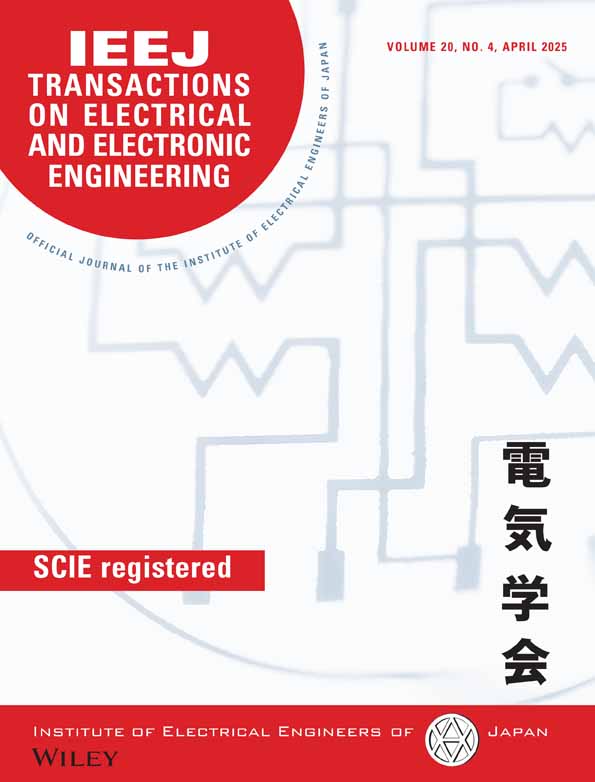An Improved Nonlinear Active Disturbance Rejection Controller via Sine Function and Whale Optimization Algorithm for Permanent Magnet Synchronous Motors Speed Control
Abstract
Permanent magnet synchronous motors (PMSMs) speed control has gained wide application in various fields. Specifically, there is a disadvantage that nonlinear functions in the conventional active disturbance rejection controller (ADRC) is non-differentiable at the piecewise points. Thus, an improved nonlinear active disturbance rejection controller (NLADRC) for permanent magnet synchronous motor speed control via sine function and whale optimization algorithm (WOA), abbreviated as NLADRC-sin-IWOA, is proposed to overcome this drawback. Considering the unsatisfactory control effect caused by the poor active disturbance resisting ability of the traditional PMSM controllers, this paper proposes an improved NLADRC for PMSM, that reconstructs a novel differentiable and smooth nonlinear function, the novel nonlinear function grounded on primitive function by the function of inverse hyperbolic, sine, square functions, and with difference fitting approach; and designs an improved whale optimization algorithm via convergence factor nonlinear decreasing, Gaussian variation and adaptive cross strategies. The experimental results findings show that the improved NLADRC-sin-IWOA has the advantages of response fast, small steady-state error and tiny overshoot. © 2024 Institute of Electrical Engineers of Japan and Wiley Periodicals LLC.




